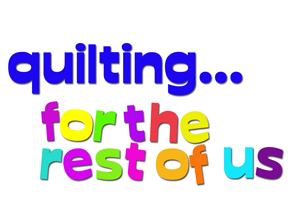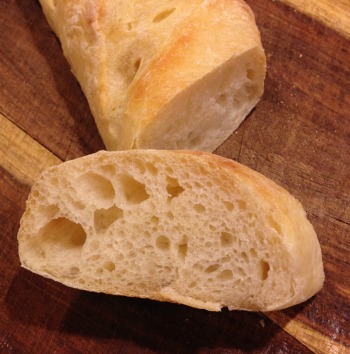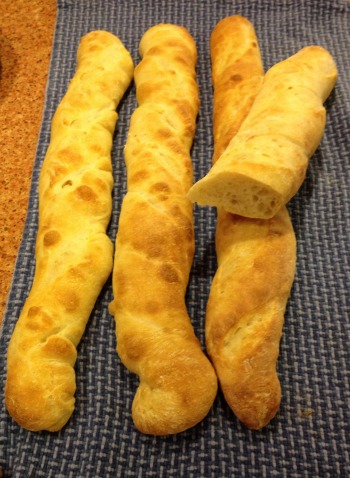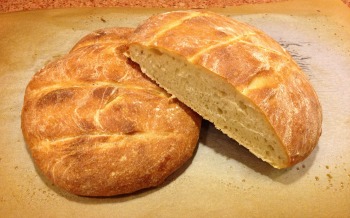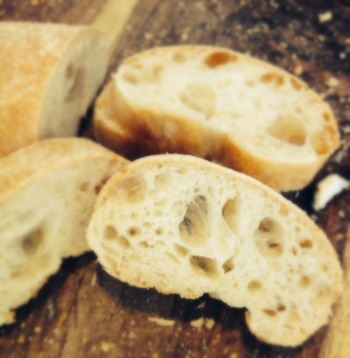As I've referenced in other posts, my husband and I periodically talk about how we really should eat more fish. I'm a bit iffy on fish in general; I have a few types of fish and a few ways it can be prepared that I can almost say I enjoy. He likes fish better than I do, but it's still not something he really looks forward to. I have been wanting to learn more about different ways to prepare fish (in the ever-diminishing hope I'd ever find something I really, truly loved), so I was thrilled when I saw that Craftsy now has a second class on fish. I had already done Fire up the Fish with David Bonom and enjoyed it (here's my review of that one). So, here's my review of Secrets to Cooking Fish: Eight Essential Techniques with Chef Joel Gamoran.
Joel Gamoran is executive chef at Sur La Table. You can tell he's used to teaching classes--he's very easy to watch: he's dynamic without being over the top, and makes you feel immediately comfortable. One very nice twist to this class is that he brings in a student for each lesson; the student serves as a visual "stand-in" for you as the viewer, of course. It's nice to see someone slicing and chopping as slowly as I might, and giving him the occasional uncertain look. I enjoyed how that made this class feel a bit different from other cooking classes I've done on Craftsy.
Because he's associated with Sur La Table, there is a certain amount of product placement in this class. And I did almost "bite," so to speak, because my fish spatula is a very cheap one that's not at all flexible when I try to get fish out of the pan, so I tend to end up with crumbly bits on the plate rather than a pretty filet. Still, I decided I'd wait to treat myself to a decent fish spatula for if I ever start cooking fish on a more regular schedule than Once in a Blue Moon.
Each lesson introduces different ways of cooking fish by going through a recipe for that technique. There were only a couple of the recipes that I thought my husband and I would be able to agree on, so I ended up making the Sole with Browned Butter, Lemon and Almonds recipe, although I substituted tilapia for sole. In the grand scheme of fish, I will say I enjoyed this fish more than most, and it was certainly a very easy recipe to throw together on a weeknight. Next time I make it, though, I think I'm going to throw a little Panko crumb on that fish as my husband and I both like our fish to have a bit of a crispier outside.
On the other hand, by the time it's soaking in that very tasty butter/lemon sauce, you've probably negated the vast majority of the health factor to eating fish in the first place. But that's beside the point.
I did really enjoy the class, despite my half-hearted feelings about the main course. I feel like I understand a little more about fish and what types of fish work best with what kinds of preparations, and I really appreciated his discussion of sustainability in the second lesson; great information there. There was a decent amount of information in regards to blending flavors and what kinds of sauces, salsas, or side dishes work well, although I always wish for more along those lines.
Still n' all, I do really recommend this class. For this non-fish-aficionado (see what I did there?), it was a good class. For someone who actually likes fish, it would be a great class!
The Basics
- 8 classes; absent the 2 1/2 minute introduction of lesson 1, the other 7 range from 14 minutes to 26 minutes.
- Lesson 2 is an excellent overview of types of fish, what to look for when buying fish, and sustainability; it also has a no-cook recipe included.
- Lessons 3-8 go through grilling, roasting, poaching, sauteing and pan-frying, steaming, and curing and smoking. The recipes range in complexity but none are very difficult--they're all quite achievable by the average home cook. Some excellent tips for testing for doneness and how to slice and serve certain fish dishes are also useful.
I can't allow my two-thumbs-sideways attitude about fish to color my review of Secrets to Cooking Fish: Eight Essential Techniques with Chef Joel Gamoran, so I'm giving the class two thumbs up. And if you act fast, it's on sale right now!
(Using Craftsy links in this post helps support this podcast and blog. Thank you so much!)
